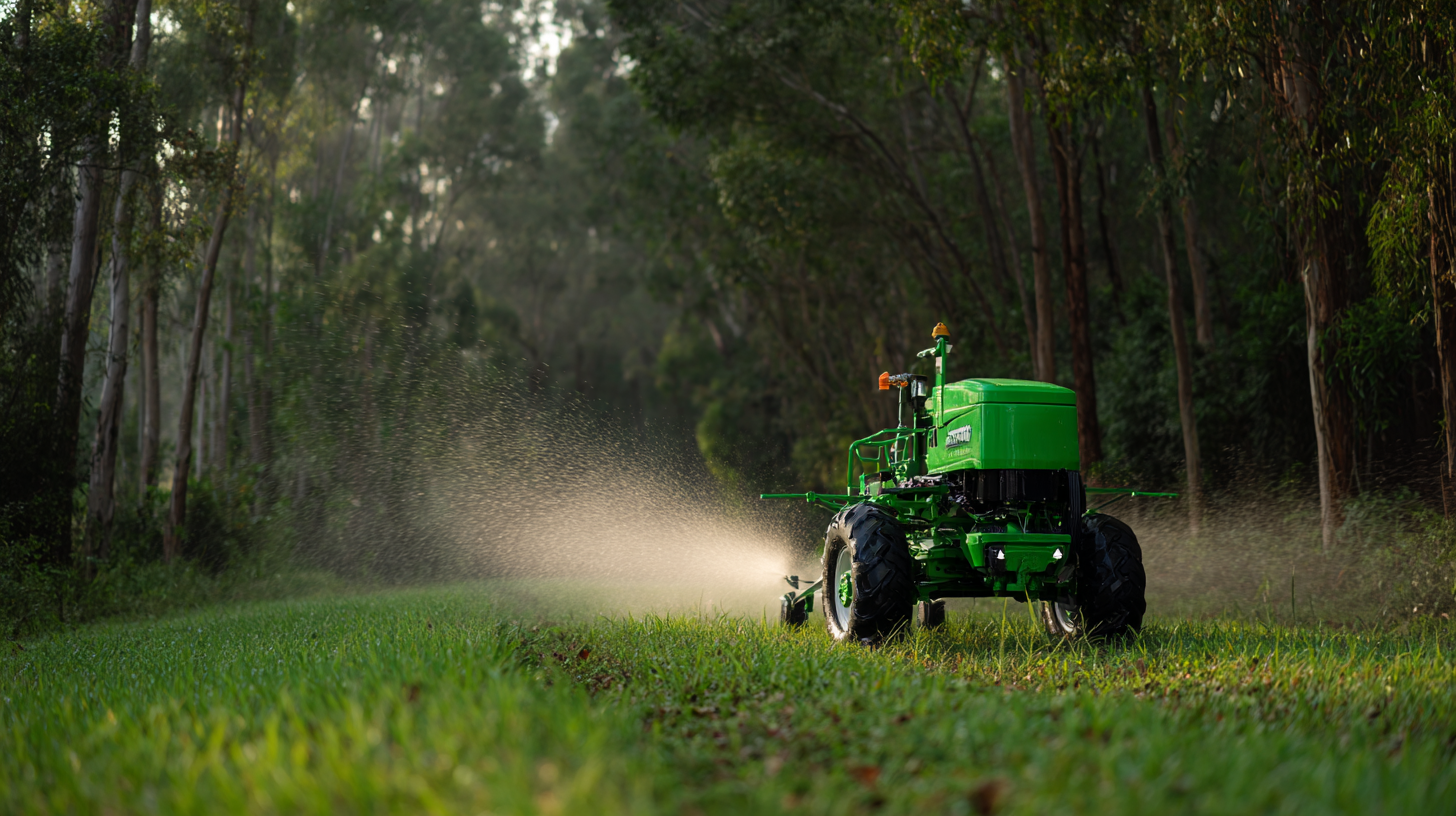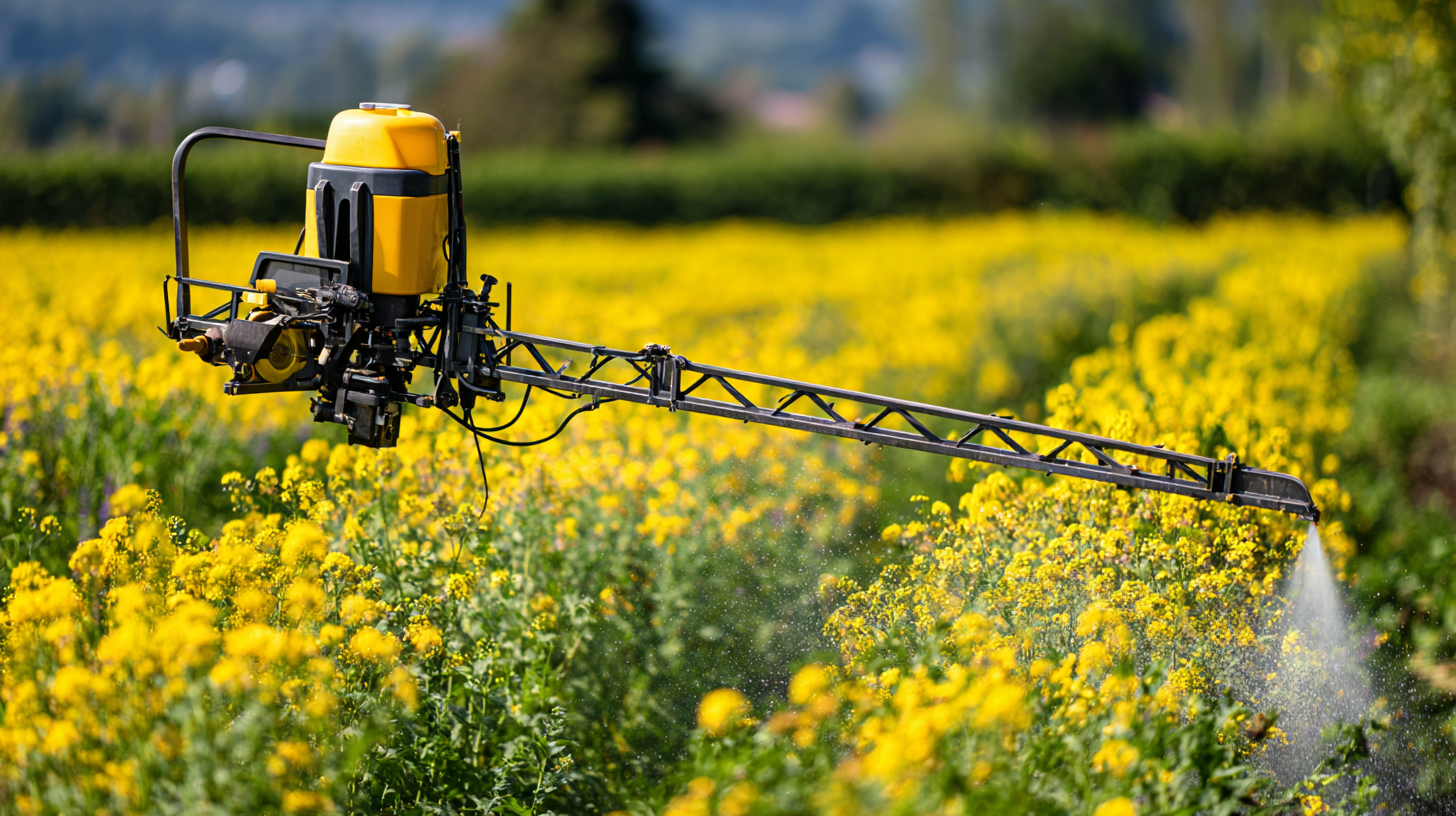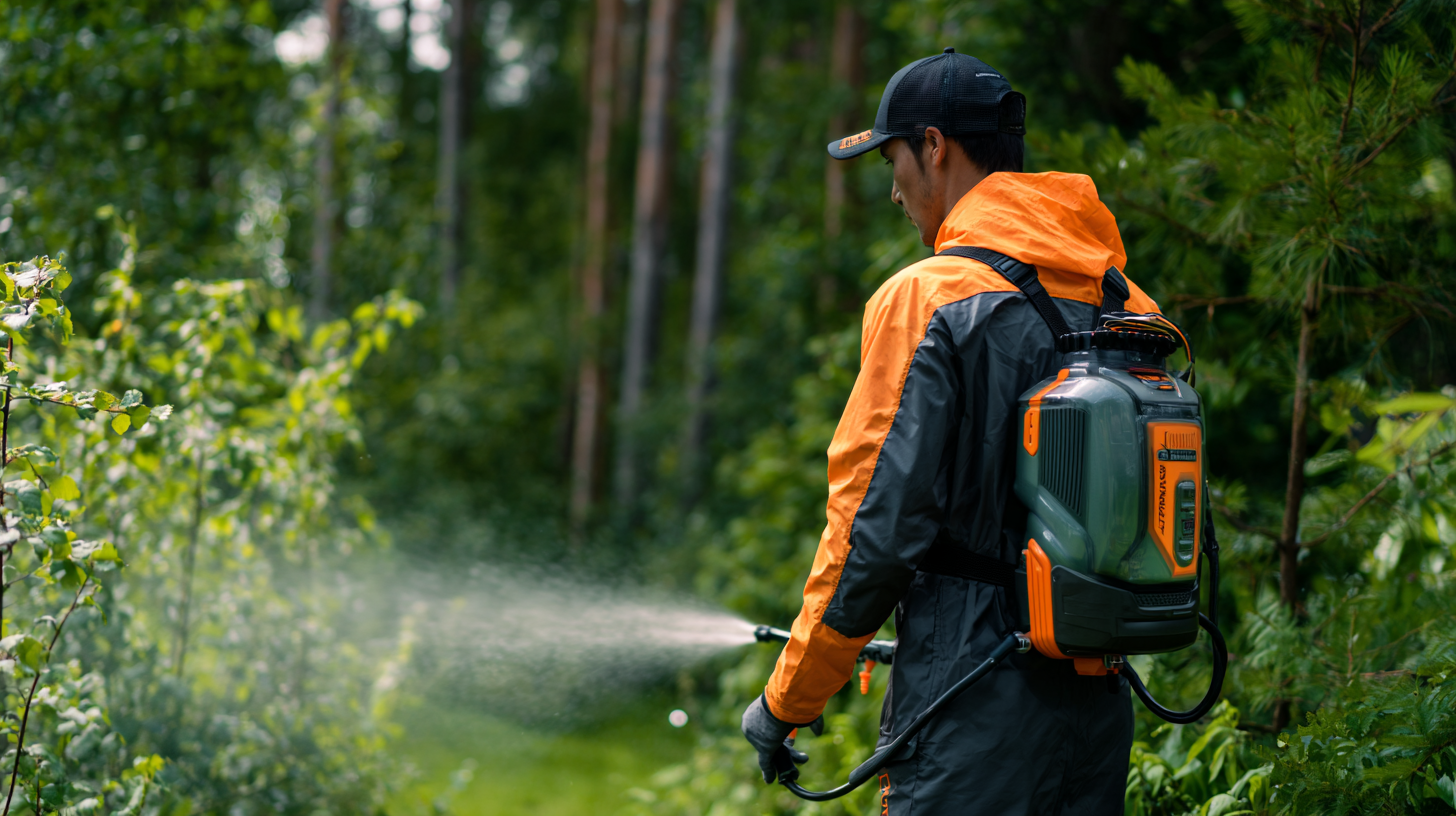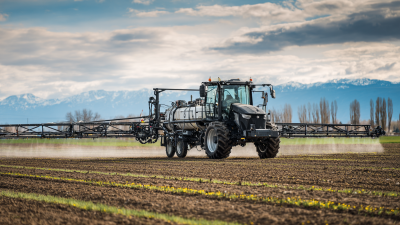How to Choose the Right Battery Powered Sprayer for Your Needs
When it comes to selecting the right battery powered sprayer, the choices can be overwhelming, given the variety of models available on the market today. According to industry reports, the global market for battery powered sprayers is projected to reach $1.5 billion by 2027, reflecting a growing demand for eco-friendly and efficient spraying solutions across various sectors such as agriculture, horticulture, and pest control. This surge in adoption can be attributed to their advantages, including increased portability, reduced reliance on manual pumping, and the capability to handle larger areas without the hassle of cords. However, selecting the right battery powered sprayer involves considering various factors such as capacity, pressure, and battery life, which are crucial to meeting one’s specific spraying needs. In this guide, we will explore the essential criteria to help you make an informed decision when choosing a battery powered sprayer that best suits your requirements.

Understanding Your Spraying Needs: Applications and Specifications
When selecting a battery-powered sprayer, it’s essential to first understand your specific spraying needs. Different applications require unique specifications; for instance, if you’re tackling large agricultural areas, a sprayer with a higher capacity and longer battery life is essential. On the other hand, if your needs are more domestic, such as for gardening or small-scale pest control, a compact and lightweight model might suffice. Consider the types of chemicals you'll be using as well—some sprayers are better suited for certain liquids or solvents.
**Tips:** Ensure the sprayer you choose has adjustable pressure settings, which can help provide versatility for various tasks. Additionally, look for ergonomic designs that reduce fatigue during extended use, as comfort can significantly enhance your efficiency.
Another vital aspect to consider is the nozzle options available with the sprayer. Different nozzles can affect the spray pattern and droplet size, impacting both efficiency and effectiveness in application. If you are working in more delicate environments, a nozzle providing a fine mist can help prevent overspray and damage to surrounding plants.
**Tips:** Check for models that offer interchangeable nozzles for maximum adaptability, ensuring you can switch between tasks without needing multiple sprayers.
Types of Battery Powered Sprayers: A Comparison Guide
When selecting a battery-powered sprayer, it's essential to understand the different types available and how they cater to various needs. The two main categories of battery-powered sprayers include handheld sprayers and backpack sprayers.
 Handheld sprayers are typically lighter and easier to maneuver, making them ideal for small gardens and spot treatments. They usually come with a smaller tank capacity, which is suitable for quick jobs or for users looking for a portable solution.
Handheld sprayers are typically lighter and easier to maneuver, making them ideal for small gardens and spot treatments. They usually come with a smaller tank capacity, which is suitable for quick jobs or for users looking for a portable solution.
On the other hand, backpack sprayers offer a larger capacity and are designed for more extensive applications. These sprayers are worn on the back, distributing the weight evenly and allowing for comfort during extended use. They are particularly useful for larger properties or commercial applications where efficiency and speed are paramount.
Additionally, some models may feature adjustable pressure settings, making them versatile for different tasks, from delicate plant watering to heavy-duty pesticide applications. Understanding these differences can greatly enhance your selection process, ensuring that the sprayer aligns with your specific gardening or spraying requirements.
Key Features to Consider: Power, Capacity, and Portability
When choosing the right battery-powered sprayer for your needs, there are several key features to consider, particularly focusing on power, capacity, and portability.
Power is crucial as it determines the efficiency and effectiveness of the sprayer. A more powerful sprayer can handle thicker liquids and larger jobs, making it essential for heavier applications. Look for models that offer adjustable pressure settings to cater to different tasks.
Capacity is another vital factor to evaluate. A sprayer with a larger tank will allow you to work longer between refills, which is particularly beneficial for extensive gardening or agricultural projects. However, balance this with the need for portability; lighter models are easier to maneuver and transport, especially if you need to move between different job sites.
Evaluate the weight and dimensions of the sprayer to ensure it matches your mobility requirements without sacrificing the necessary power and capacity.
Evaluating Battery Life and Charging Options for Optimal Use
When selecting a battery powered sprayer, evaluating battery life and charging options is crucial for optimal performance. First, assess the runtime of the sprayer. A longer battery life enables extended use without frequent interruptions, which is particularly important for larger projects. Look for models that offer at least 30-60 minutes of continuous use on a full charge to ensure efficiency.

Tips: Always check the battery specifications before purchasing. Some sprayers come with dual batteries or fast-charging capabilities, which can significantly enhance productivity. Additionally, consider the type of battery, as lithium-ion batteries generally provide better performance and longevity compared to other types.
Charging options also play a vital role in usability. Look for sprayers with convenient charging systems, such as wall chargers or car adapters, to ensure you can charge your equipment where you need it. If you choose a model with a detachable battery, you can purchase an extra battery, allowing you to swap them out while one is charging.
Tips: Keep an eye on the charging time as well. A sprayer that charges quickly minimizes downtime and keeps your projects on track. Make sure to read user reviews to gauge real-world charging experiences and battery longevity from other consumers.
Budget Considerations: Finding a Quality Sprayer That Fits Your Financial Plan
When selecting a battery-powered sprayer, budget is a critical factor that can significantly impact your purchase decision. According to a recent report by the Agricultural Equipment Association, the market for battery-powered sprayers has been growing at a compound annual growth rate (CAGR) of 5.3%, indicating increasing demand and, consequently, a broader range of options across various price points. It is essential to evaluate your specific needs—whether for home gardening or commercial applications—because this will directly influence the quality and features required from the sprayer.
In a survey conducted by the National Gardening Association, 65% of participants indicated that they prioritize performance and reliability when selecting a garden sprayer. While lower-priced models may seem attractive, investing in a higher-quality unit might save money in the long run. Sprayers priced between $200 and $400 tend to feature better battery life, more robust construction, and advanced spraying technologies. Thus, it's advisable to assess not just the initial cost, but also the overall value, durability, and efficiency of the sprayer to ensure it aligns with your financial plan and gardening demands.
Related Posts
-

Common Challenges Encountered with Battery Powered Sprayers in Commercial Use
-

5 Essential Tips for Maximizing Efficiency with Your 15 Gallon Sprayer
-

The 7 Best Features of Boom Sprayers You Didn't Know About
-

The Future of Efficient Agricultural Sprayer Boom Kit Innovations
-

Innovative Tractor Sprayer Technologies Transforming Global Agriculture Efficiency
-

The Future of UTV Sprayers with Boom Enhancements for Efficient Agriculture